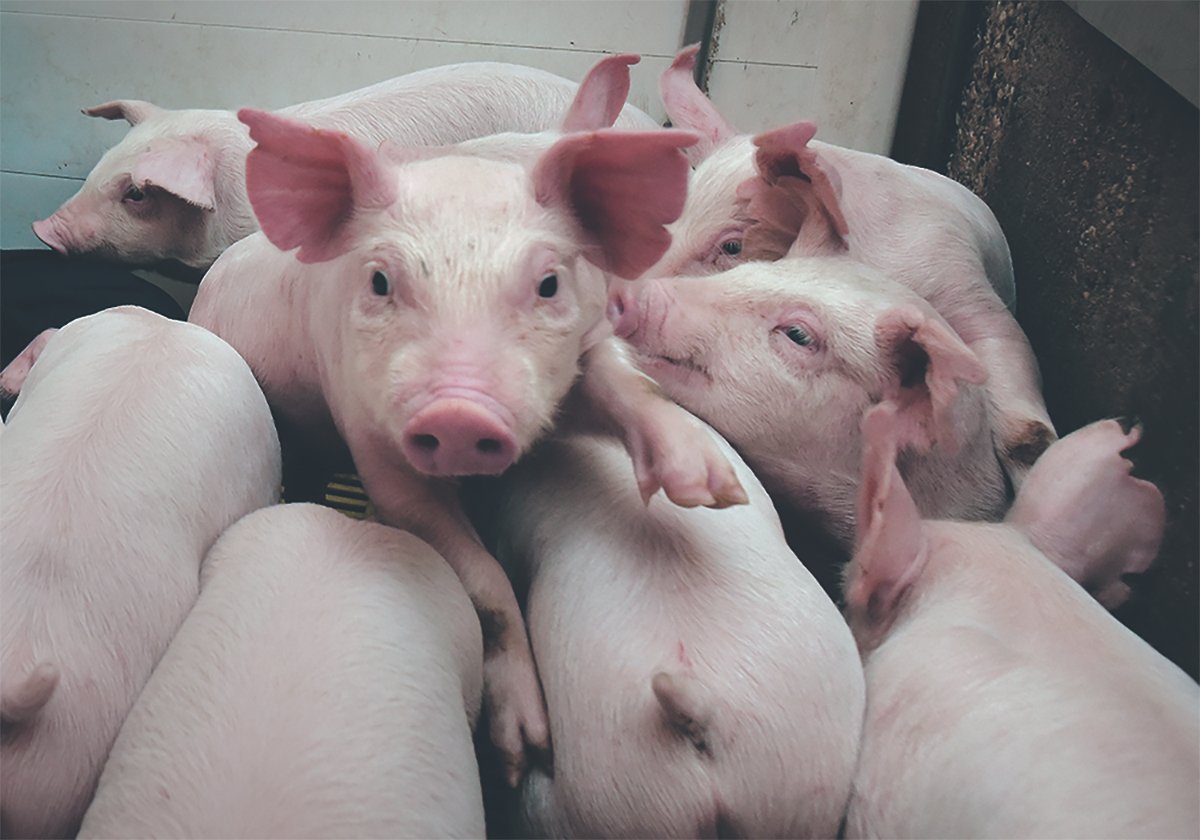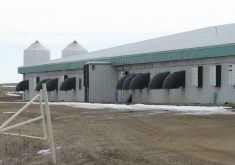The swine industry is facing mounting pressure from public perceptions of it, and that challenge has little to do with production science and everything to do with social acceptance.
That message hit home for me during a recent online event hosted by Agriculture Canada’s Sherbrooke Research and Development Centre. One of the speakers was Scott Radcliffe, chair of the the University of Kentucky’s animal and food sciences department.
The industry’s relationship with sustainability isn’t limited to traditional challenges anymore, he said. The sector is now shouldering the added burden of public scrutiny of its production practices. It’s creating what he describes as a key turning point for the industry.
Read Also

Invigor Gold variety viewed as threat to condiment mustard
Invigor Gold, the canola-quality mustard developed by BASF, is on a collision course with Canada’s condiment mustard industry. It’s difficult to see how the two can co-exist.
As far as he’s concerned, the pillars of sustainability now include social acceptance as a fundamental requirement, not just an afterthought.
The public is increasingly weighing in on agricultural practice, he added. For example, consumer awareness has led to increased scrutiny on breeding practices, particularly around pigs selected for rapid growth rates and large litters.
While these traits boost production efficiency, a paper from Iowa State University also shows sow mortality rates climbing from 8.12 per cent in 2012 to 14.86 per cent in 2021, a nearly doubled rate that’s difficult to defend publicly.
My family has always believed in the nutritional necessity of animal protein, but industry also can’t shy away from scrutiny when animal welfare concerns are legitimate.
The problem, though, is that those same people judging the pork sector don’t necessarily understand its production realities.
From that statement, you’d expect the answer to be more education. Certainly that’s been part of the industry’s typical outreach efforts to consumers.
Radcliffe, however, says education isn’t always the answer, especially regarding certain animal care standards.
Take castration practices, for example. Most Americans don’t realize that U.S. pigs are castrated without anesthetic. It’s possible, he noted, that education would actually push social acceptance further away.
This puts producers in a difficult position. The practices that maximize efficiency and profitability, the very traits that have helped feed growing populations affordably, are increasingly at odds with public expectations.
The industry has weathered challenges before, from environmental regulations to disease outbreaks. This social acceptance hurdle may prove more complex because it requires balancing production efficiency with evolving public values, a calculation that goes well beyond the barn.
The question facing producers isn’t whether these social pressures are scientifically justified — Radcliffe made clear they often aren’t. The question is how to adapt to a reality where consumer perception increasingly drives market acceptance.
Scientific or not, the pressures are here.


















